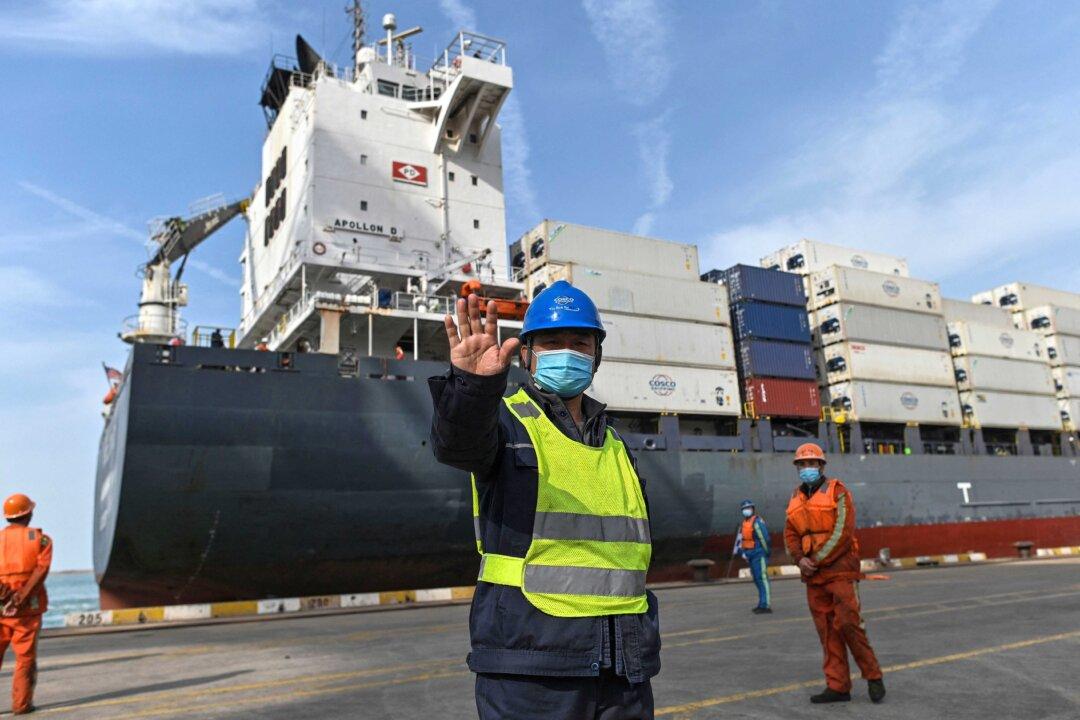Analysis
Amid the pandemic, China’s export orders have surged due to strong global demand but rising international shipping costs, insufficient supply, and lack of empty cargo rotation have caused traffic congestion in logistics.

Amid the pandemic, China’s export orders have surged due to strong global demand but rising international shipping costs, insufficient supply, and lack of empty cargo rotation have caused traffic congestion in logistics.